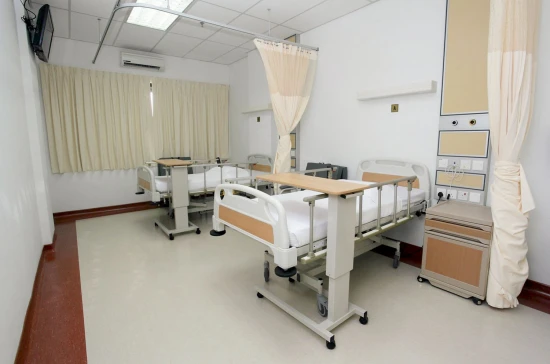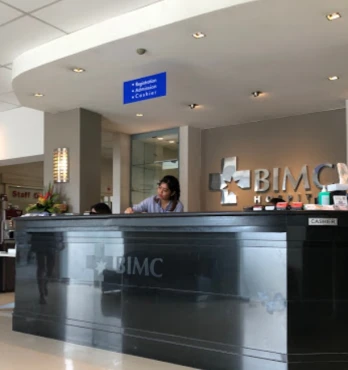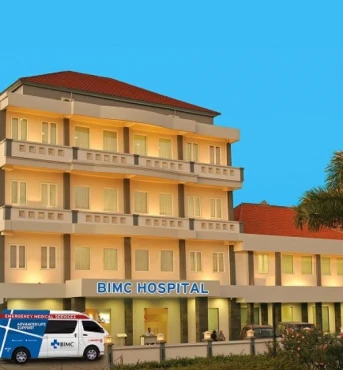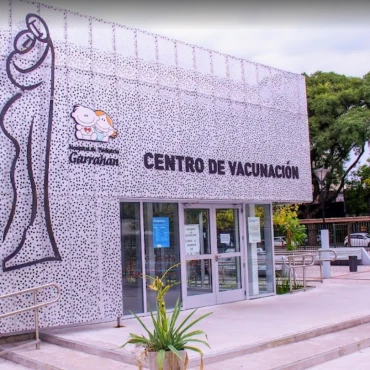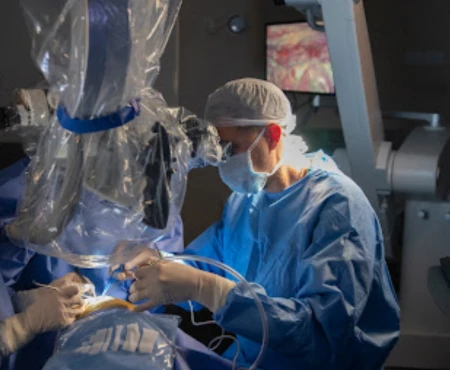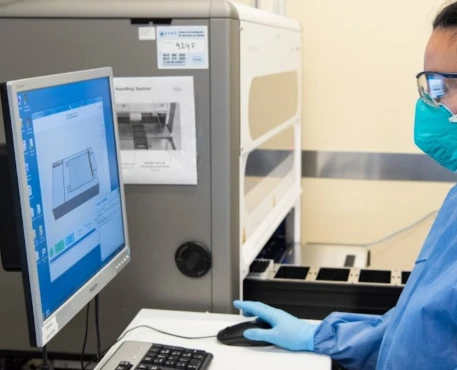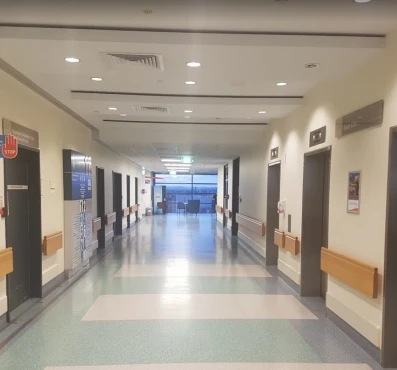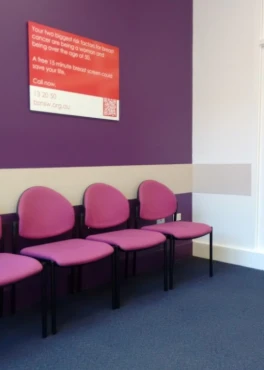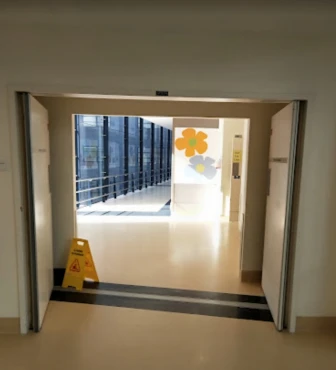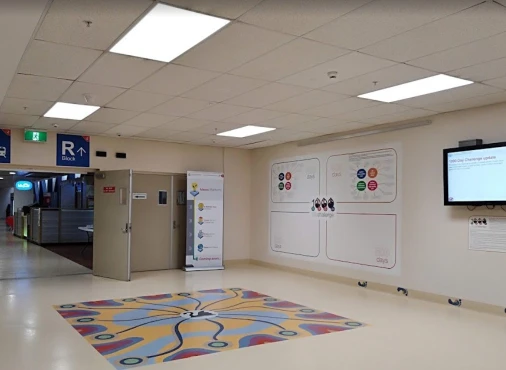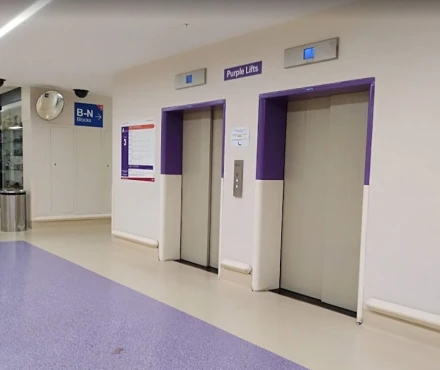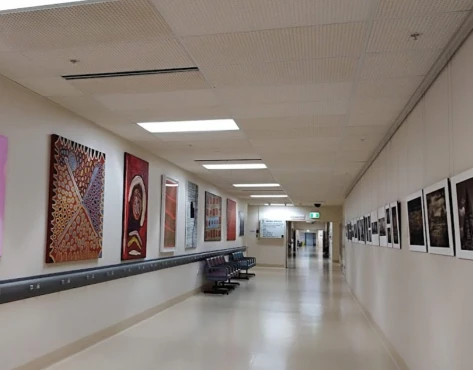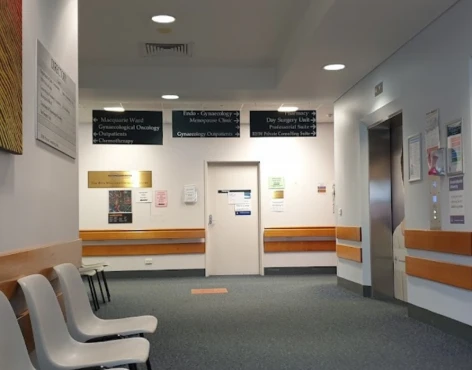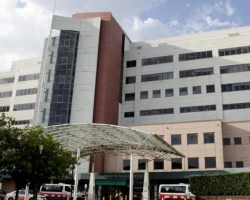Tetralogy of Fallot (TOF) treatment in 539 Cardiac surgery clinics worldwide
539 clinics specializing in Cardiac surgery providing treatment of Tetralogy of Fallot (TOF) Tetralogy of Fallot (TOF) is a congenital heart defect characterized by four abnormalities: ventricular septal defect, pulmonary stenosis, overriding aorta, and right ventricular hypertrophy. It causes cyanosis and requires surgical correction in infancy. disease worldwide.
Sorted by:
Relevance
Rating
Relevance
Prices for popular procedures:
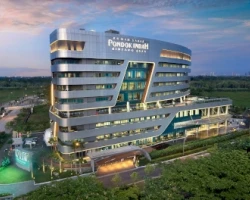
Kota Tangerang Selatan, Indonesia
Specializations: Cardiac surgery, Vascular surgery, Neurosurgery, Orthopedic surgery, Oncology
Pondok Indah Hospital - Bintaro Jaya is committed to providing leading-edge health services supported by the latest medical technology and the application of national accreditation
read more
Prices for popular procedures:
Prices for popular procedures:

Batam, Indonesia
Specializations: Cardiac surgery, Vascular surgery, Neurosurgery, Orthopedic surgery, Oncology
Languages: English
Awal Bros Hospital Batam was established on June 26th, 2003. It has 214 beds. This hospital received national accreditation by the Commission for the Accreditation
read more
Prices for popular procedures:

Massy, France
Specializations: Cardiac surgery, Vascular surgery, Thoracic surgery, Neurosurgery, Orthopedic surgery, Oncology
Jacques Cartier is a private hospital, establishment of Medicine - Surgery - Obstetrics (MCO) with Follow-up and Rehabilitation Care (SSR), Ramsay Santé group.With its general
read more
Prices for popular procedures:

Seeb, Oman
Specializations: Cardiac surgery, Vascular surgery, Thoracic surgery, Neurosurgery, Orthopedic surgery, Oncology
Languages: English
Sultan Qaboos University Hospital, Muscat Sultanate of Oman was established in 1990 to provide medical care in a patient friendly atmosphere and in a spirit
read more
Prices for popular procedures:
Prices for popular procedures:
Prices for popular procedures:

Zhdanovichy, Belarus
Specializations: Cardiac surgery, Vascular surgery, Thoracic surgery, Spine surgery, Orthopedic surgery, Oncology
The state institution "Republican Clinical Medical Center" of the Administration of the President of the Republic of Belarus is a multidisciplinary medical center equipped with
read more
Prices for popular procedures:
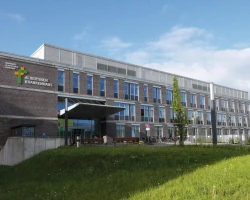
Hamburg, Germany
Specializations: Cardiac surgery, Vascular surgery, Thoracic surgery, Neurosurgery, Spine surgery, Orthopedic surgery, Oncology
Languages: English, Russian
The Immanuel Albertinen Diakonie in Hamburg includes the Albertinen Hospital, the Albertinen House - Center for Geriatrics and Gerontology and the Center for Mental Health
read more
Prices for popular procedures:
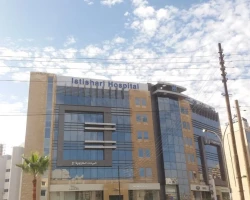
Amman, Jordan
Specializations: Cardiac surgery, Thoracic surgery, Neurosurgery, Spine surgery, Orthopedic surgery, Oncology
Languages: Chinese, English
Istishari Hospital is a 108-bed private teaching hospital committed to providing the highest quality patient care and service to Jordan and the world We provide
read more
Prices for popular procedures:
Prices for popular procedures:
Prices for popular procedures:
Prices for popular procedures:
Prices for popular procedures:
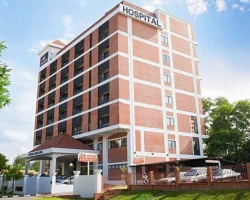
Kajang, Malaysia
Specializations: Cardiac surgery, Neurosurgery, Spine surgery, Orthopedic surgery, Oncology
Languages: English, Chinese
Sungai Long Specialist Hospital is a private hospital with inpatient and outpatient services and diagnostic facilities located in Bandar Sg Long, Selangor, specially designed to
read more
Prices for popular procedures:

Kuta, Indonesia
Specializations: Cardiac surgery, Vascular surgery, Neurosurgery, Spine surgery, Orthopedic surgery
Languages: English
Established in 1998, the four-storey facility lies strategically on a 1,500 sqm area in Simpang Siur, Kuta, granting easy access for patients coming from all
read more
Prices for popular procedures:
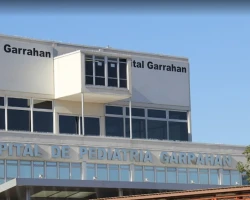
Buenos Aires, Argentina
Specializations: Cardiac surgery, Vascular surgery, Neurosurgery, Spine surgery, Orthopedic surgery, Oncology
The Hospital "Prof. Dr. Juan P. Garrahan" is the pediatric center of reference in public health, free and highly complex in Argentina. Since its inauguration,
read more
Prices for popular procedures:
Camperdown, Australia
Specializations: Cardiac surgery, Vascular surgery, Thoracic surgery, Neurosurgery, Spine surgery, Orthopedic surgery, Oncology
Languages: Portuguese, Russian, Turkish
Royal Prince Alfred Hospital is one of Australia's premier tertiary referral hospitals and is recognised as a worldwide leader in healthcare excellence and innovation. RPA
read more
Prices for popular procedures:

Perth, Australia
Specializations: Cardiac surgery, Vascular surgery, Neurosurgery, Spine surgery, Orthopedic surgery, Oncology
Established in 1855 Royal Perth Hospital (RPH) is Western Australia's longest-serving hospital and renowned for contributing to innovation and excellence in medical research and patient
read more
Prices for popular procedures:
Clinics grouping by rating
Clinic with the highest rating of 5 — Clinical Hospital Lapino in Moscow, Russia and 5 more, clinic with the most reviews number of 35757 — Aster CMI hospital in Bengaluru, India.
With rating 4.0 and over — 202 clinics .
Countries with the highest number of clinics treating the diseases:
Tetralogy of Fallot (TOF):
worldwide
583 clinics
Brazil
40 clinics
India
38 clinics
Turkey
29 clinics
Germany
28 clinics
Colombia
24 clinics
Related procedures:
Procedures are likely to be used for Tetralogy of Fallot (TOF) treatment:
Blalock-Taussig shunt,
Radical correction of tetralogy of Fallot (TOF),
and
Surgery for tetralogy of Fallot (TOF) in adults
.
















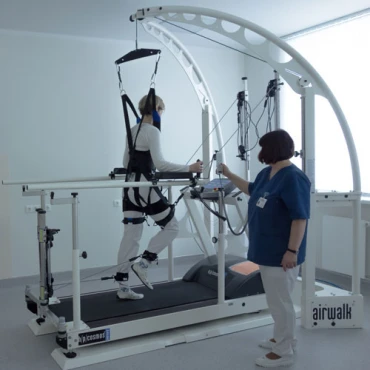
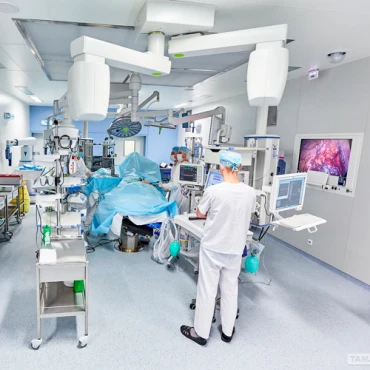

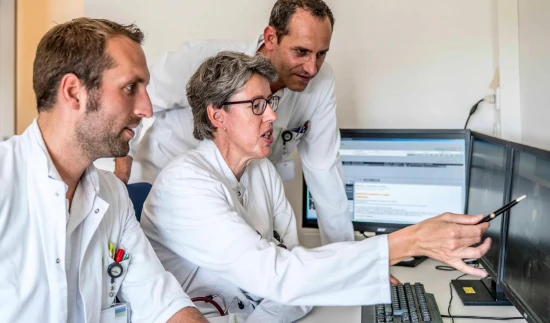
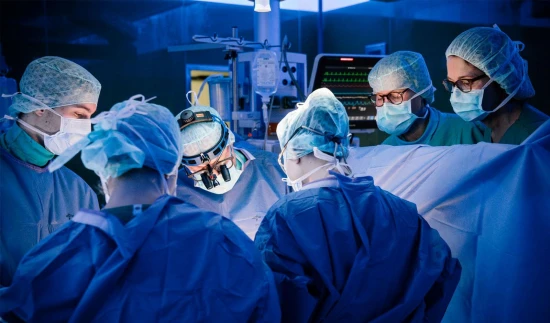
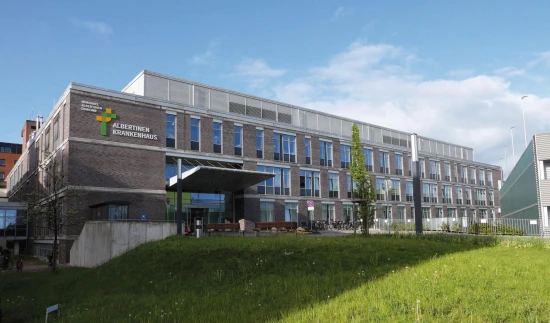
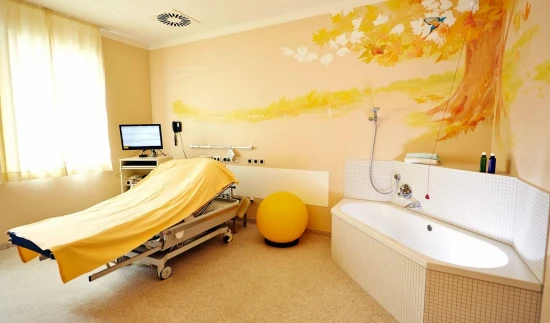

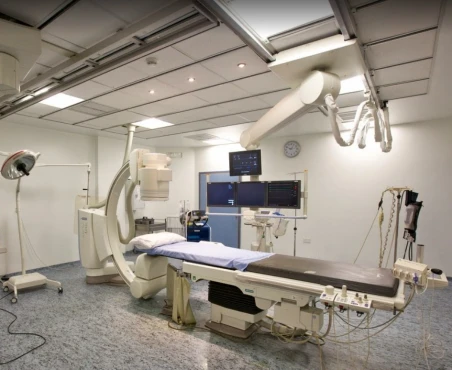

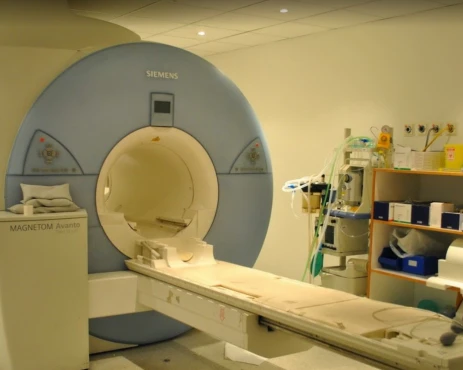
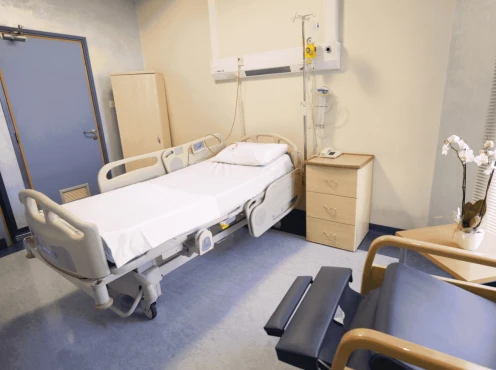
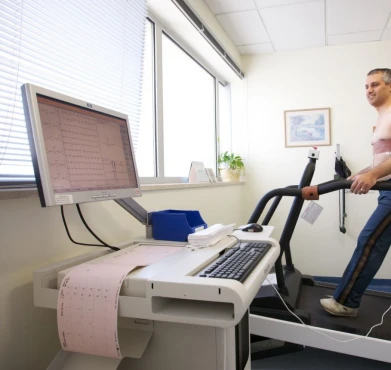

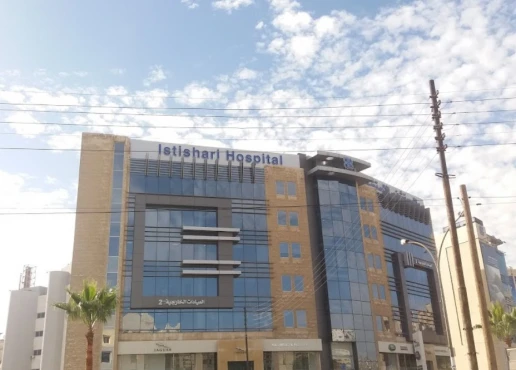
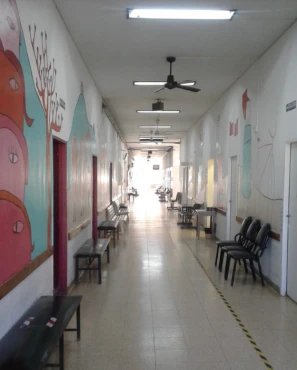
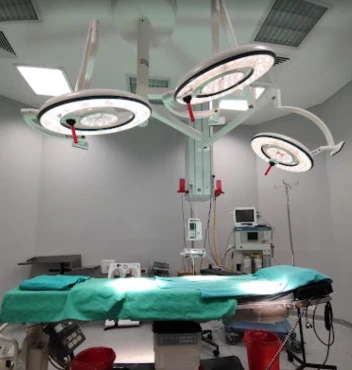
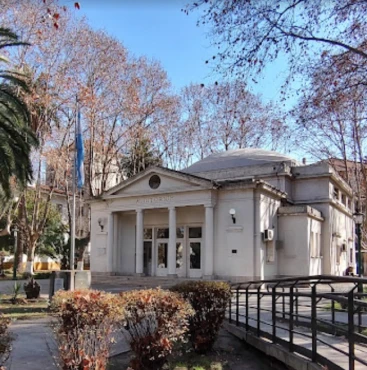
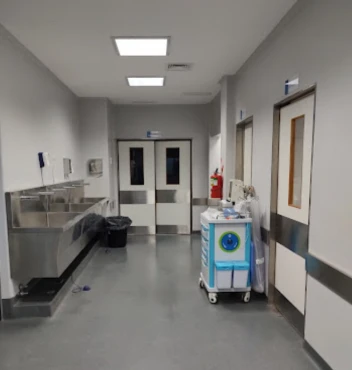
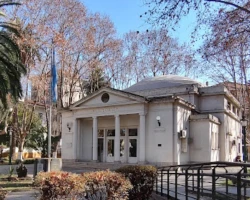
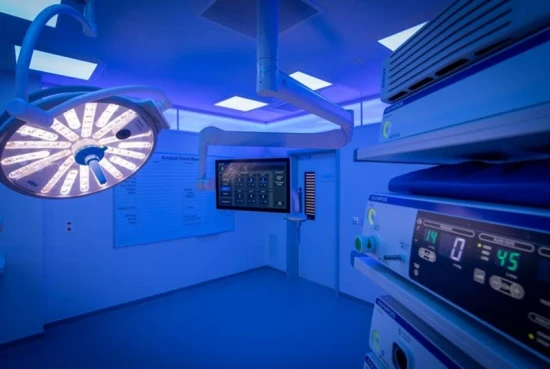
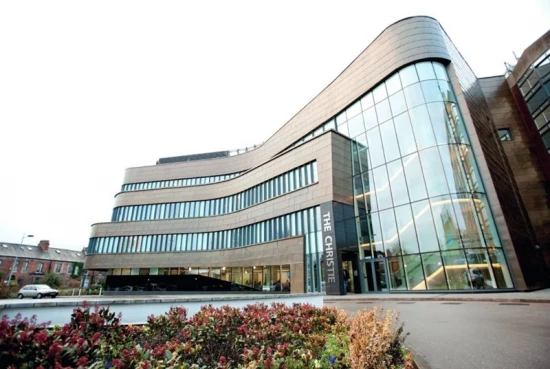





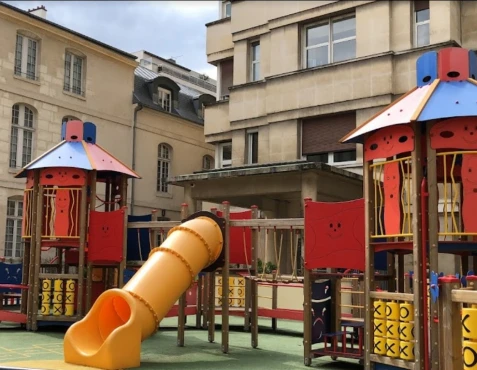


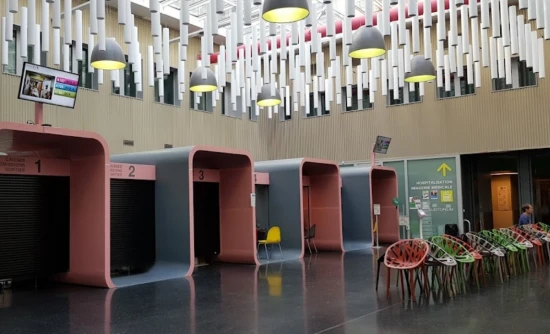
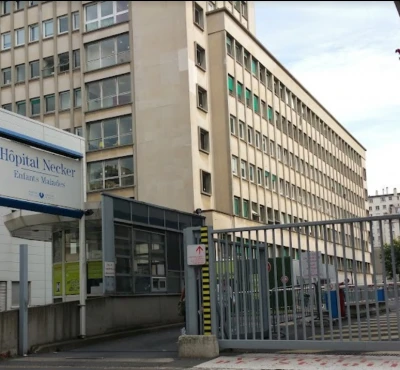

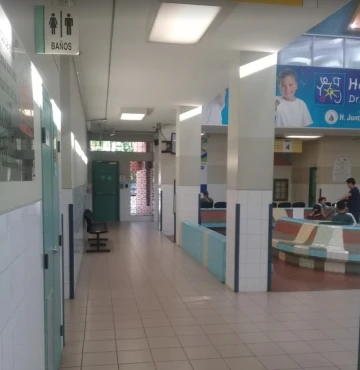



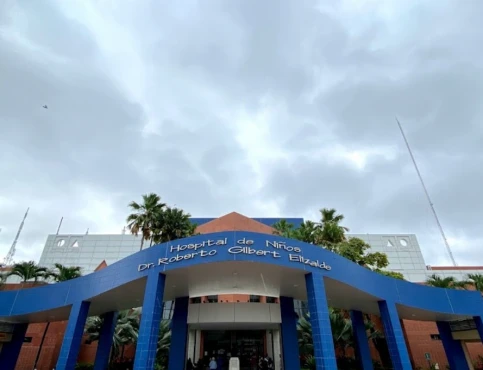
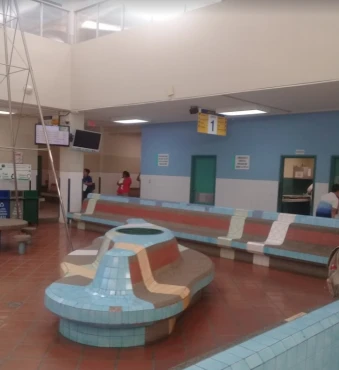
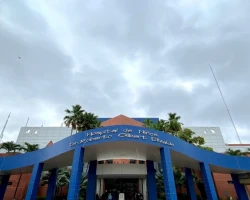
-medium.webp)

